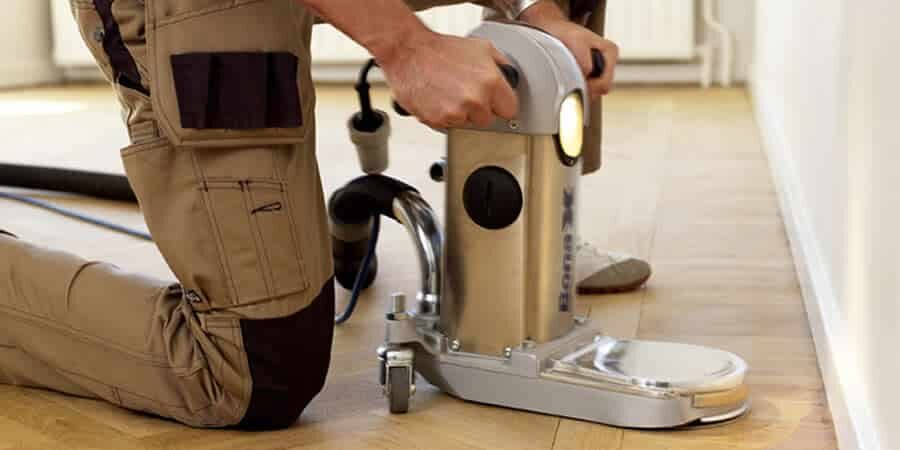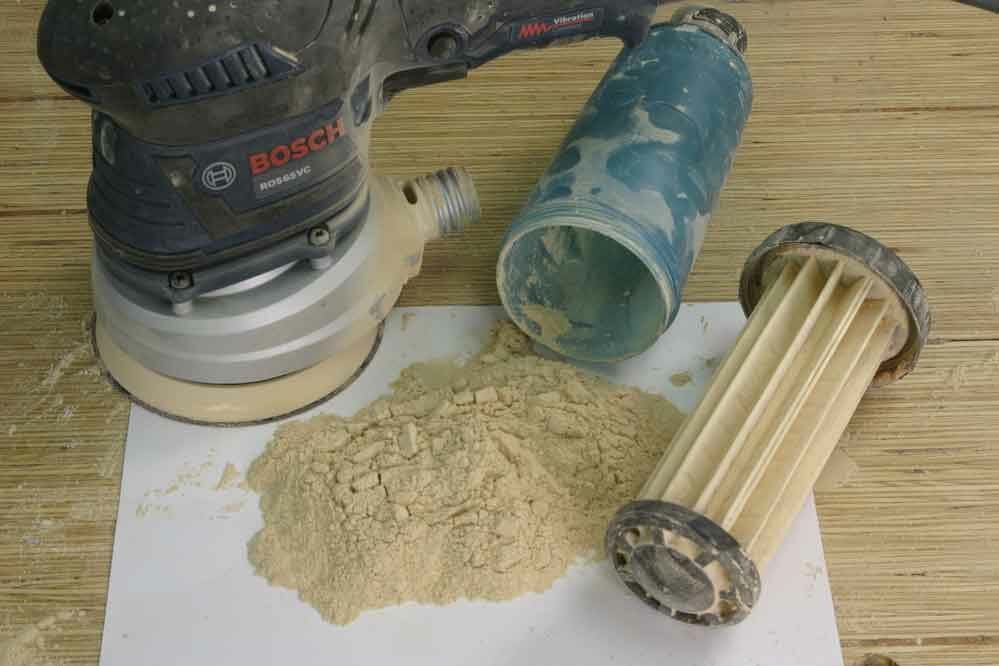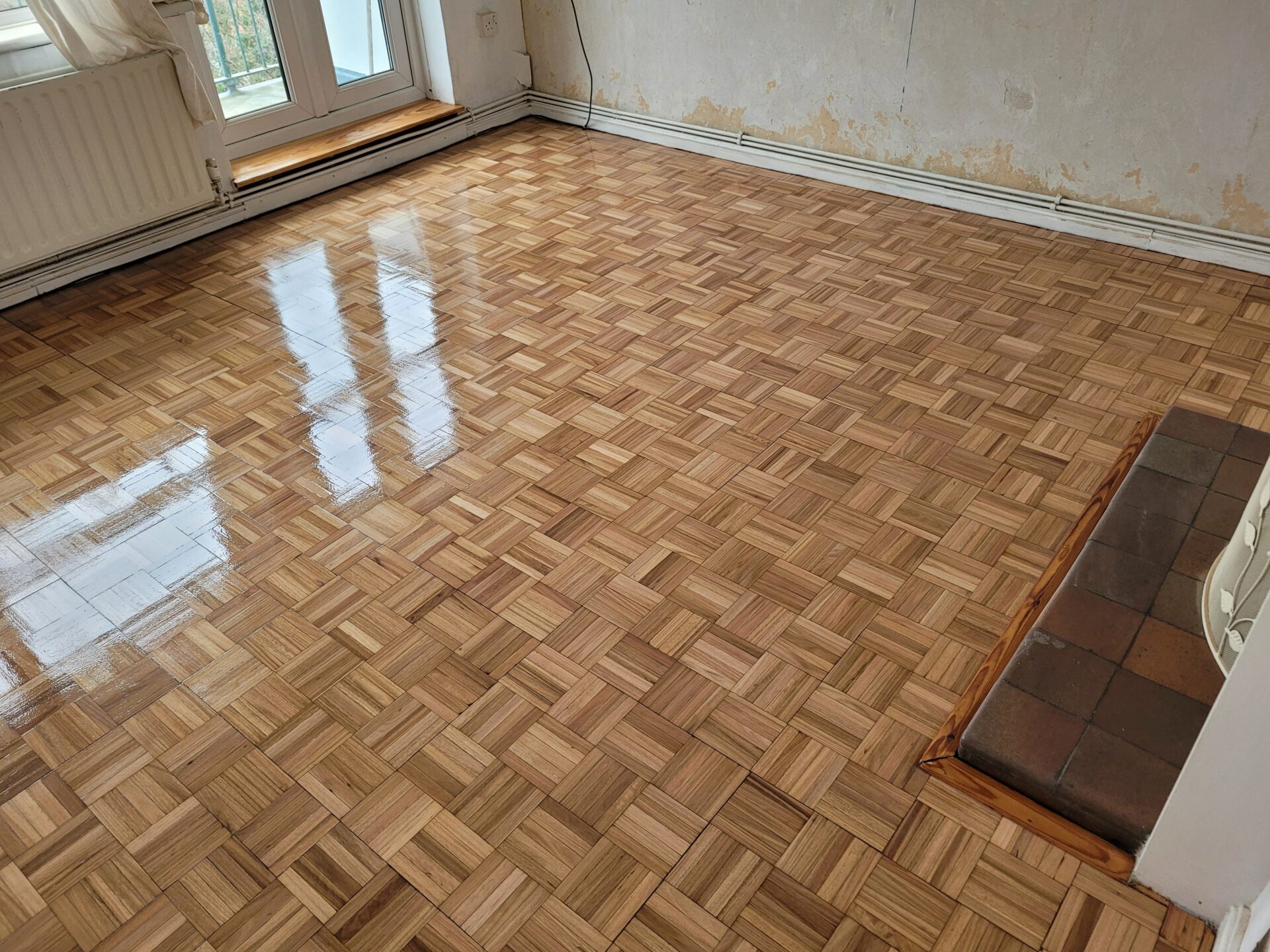London:
Nationwide:
The Restoration of Unprotected Hardwood Flooring in London
Posted on July 16, 2023
Articles
The Restoration of Unprotected Hardwood Flooring in London: A Detailed Guide
Introduction
Unprotected hardwood floors, or those without a finish, have a raw, natural beauty that can be incredibly appealing. However, without the protective layer of a finish, these floors can be more susceptible to damage and wear over time. The good news is that even the most worn and weathered, unprotected hardwood floors can be restored to their former glory. In this guide, we will explore the process of restoring unprotected hardwood flooring in London.

Understanding Unprotected Hardwood Floors
Unprotected hardwood floors, also known as unfinished or raw hardwood floors, are those that have not been coated with a protective finish such as varnish or polyurethane. They can be distinguished by their matte, non-reflective surface and natural wood grain appearance.
When Does Unprotected Hardwood Flooring Need Restoration?
Here are some tell-tale signs that your unprotected hardwood flooring may need restoration:
- Scratches and Gouges: High-traffic areas are particularly prone to scratches and gouges.
- Water Stains and Damage: Without a protective finish, water can penetrate the wood, leading to dark stains or even structural damage.
- Fading: Sunlight can cause unprotected hardwood to fade over time, leading to an uneven appearance.
- General Wear and Tear: If your floor looks old and worn, it may be time for restoration.
The Restoration Process
Restoring unprotected hardwood flooring is a meticulous process that requires care and patience. Here’s a step-by-step overview of what the process entails:
Step 1: Inspection and Evaluation
Before beginning any restoration work, it’s important to thoroughly inspect the floor to assess its condition. This will help determine the extent of restoration required.
Step 2: Cleaning
The first step in the actual restoration process is a thorough cleaning. This removes any dirt, grime, or residue that might interfere with the restoration process.
Step 3: Sanding
Sanding is crucial in the restoration of hardwood floors. This process removes the old, worn-out surface layer to reveal fresh wood underneath. It also helps to smooth out any scratches, dents, or uneven areas.
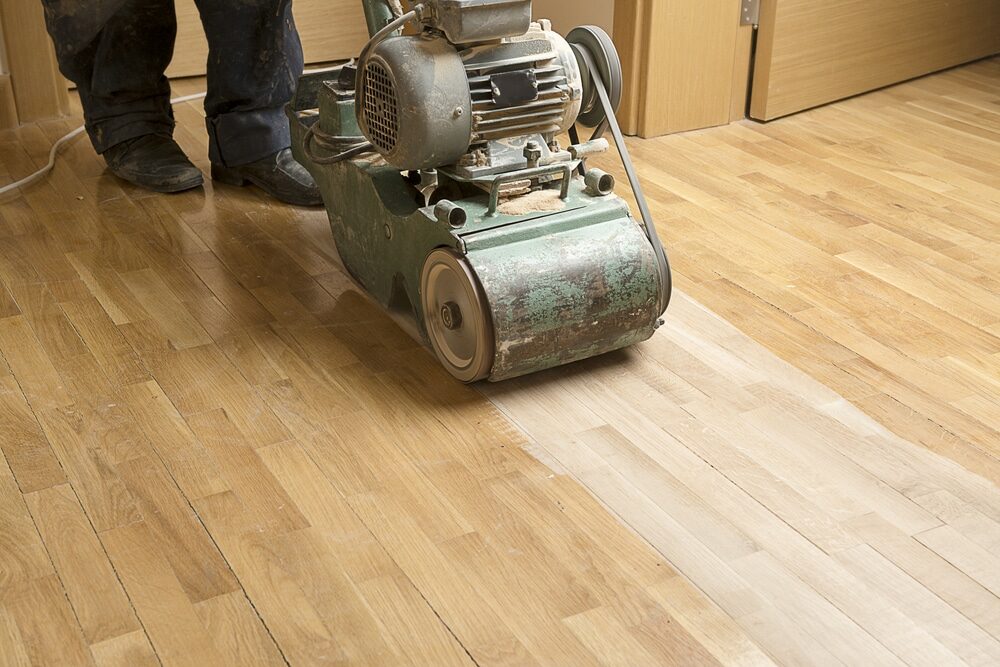
Step 4: Staining (Optional)
If you desire a specific color or shade for your floor, you can choose to apply a wood stain at this point. Remember, this step is optional and should be skipped if you prefer the natural color of your wood.
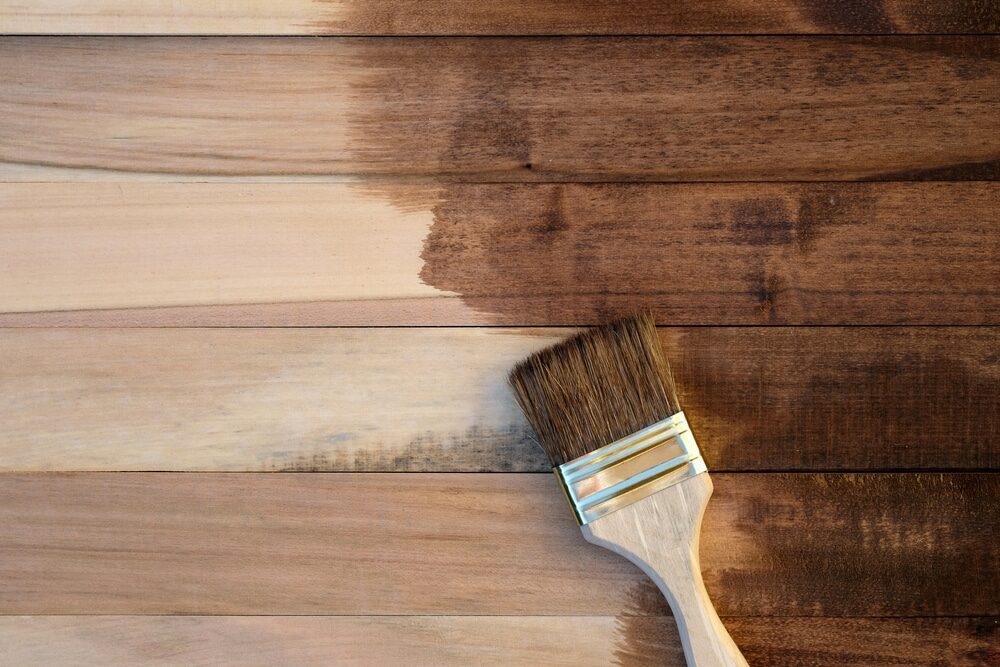
Step 5: Finishing
Once the floor is sanded (and possibly stained), it’s time to apply a finish. The finish serves to protect the wood from damage and wear while enhancing its natural beauty.
DIY vs. Hiring a Professional
While some homeowners might be tempted to restore their hardwood floors themselves, it’s generally best to hire a professional. Restoration is a labor-intensive process that requires special tools and knowledge. Professionals can ensure the job is done correctly and efficiently without causing further damage to your floor.
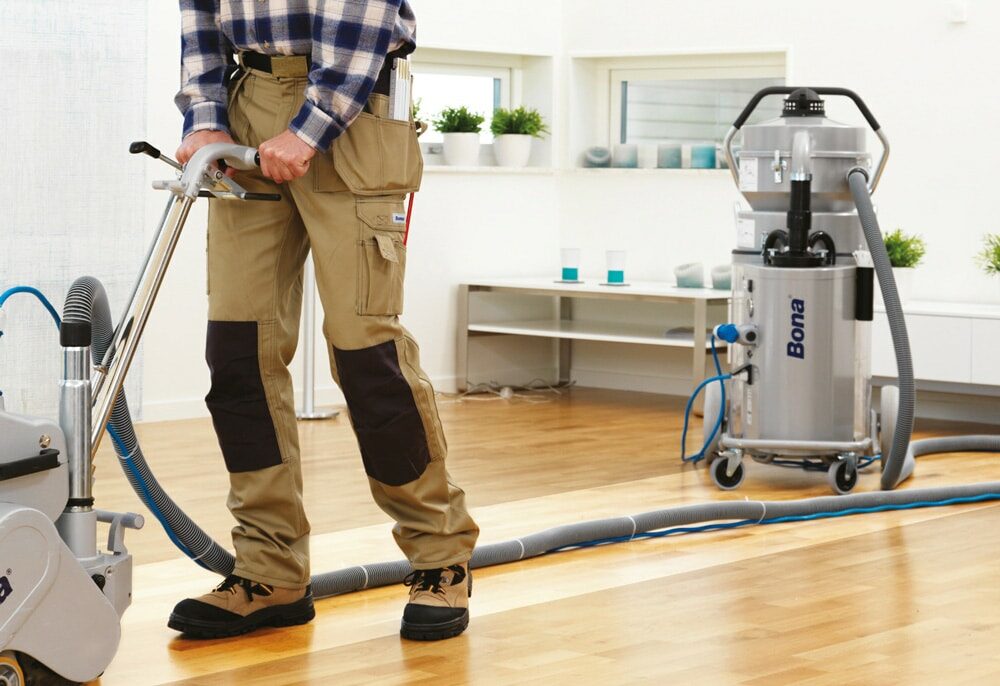
Maintaining Your Restored Hardwood Floor
Once your unprotected hardwood floor has been restored, regular maintenance will help keep it in good condition and extend its lifespan. Here are some tips:
- Clean regularly using a dry mop or vacuum to remove dust and debris.
- Immediately clean up any spills to prevent water damage.
- Protect the floor from direct sunlight to prevent fading.
- Regularly inspect the floor for any signs of damage or wear and address these issues promptly.
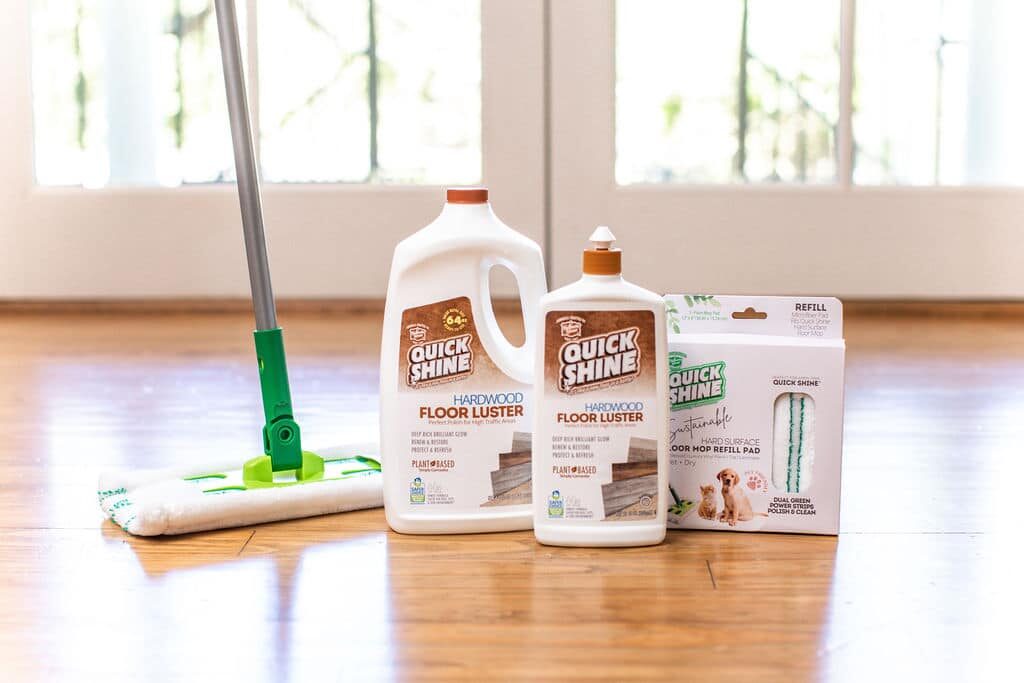
Conclusion
The restoration of unprotected hardwood flooring can breathe new life into your London home, accentuating its charm and character while preserving the historical integrity of your space. While the process may be demanding, the results are often stunning, reminding us that some things do indeed get better with age. With proper care and maintenance, your newly restored hardwood floor can continue to tell its story for many years to come.
Some Useful Links:
- Floor Sanding Services
- School Floor Sanding
- Wood Floor Restorations
- Wood Floor Repairs
- Wood Floor Polishing
More from our Blog:
Rejuvenating Hardwood Flooring in Your London Home: Breathe New Life into Your Floors Discover the Beauty of Hardwood Floors: A Guide to Timeless Elegance The Good News for Parquet Flooring: Why Its Comeback Matters Rugs Over Wood Floor Repairs: An Innovative Solution for Minor Damages Key Warnings for Solid Wood Floor Owners: Maintenance Insights and Solutions Critical Warnings About Solid Wood Floors: A Must-Read Guide
Get more floor restoration advice…
Sanding
We provide virtually dust-free sanding with our continuous belt machinery with mobile extraction units, giving you a safer environment for your family.
Oiling
This organic finish not only adds beauty to your home but also has exceptional water-repellent characteristics, making it easier to clean and maintain.
Waxing
This natural floor finish offers the softest and most mellow appearance – and leaves your floor able to breath.
Buffing
Using soft buffing machines (and hand-polishing where required) will bring a wonderful sheen to your newly-finished floor.
Repairs
We offer a full assessment of your wooden floors to determine what repairs are needed to provide the perfect working surface for the later stages of sanding, staining and sealing.
Restoration
We offer a comprehensive restoration process designed to address floors that are improperly fitted or damaged over time through wear and tear.
Request a fixed price quote for your wood floor restoration now
Simply enter your postcode below to get started.
Services
Wood Floor Sanding Wood Floor Restoration Wood Floor Scratch Repair Squeaky Wood Floor Repair Parquet Floor Sanding Parquet Floor Restoration Commercial Floor Sanding Church Floor Sanding Community Centre Floor Sanding School Floor Sanding Gap Filling Gap Filling with ResinCopyright © Mr Sander®
Privacy & Cookies Terms & Conditions Complaints Procedure Cancellation Rights Sitemap